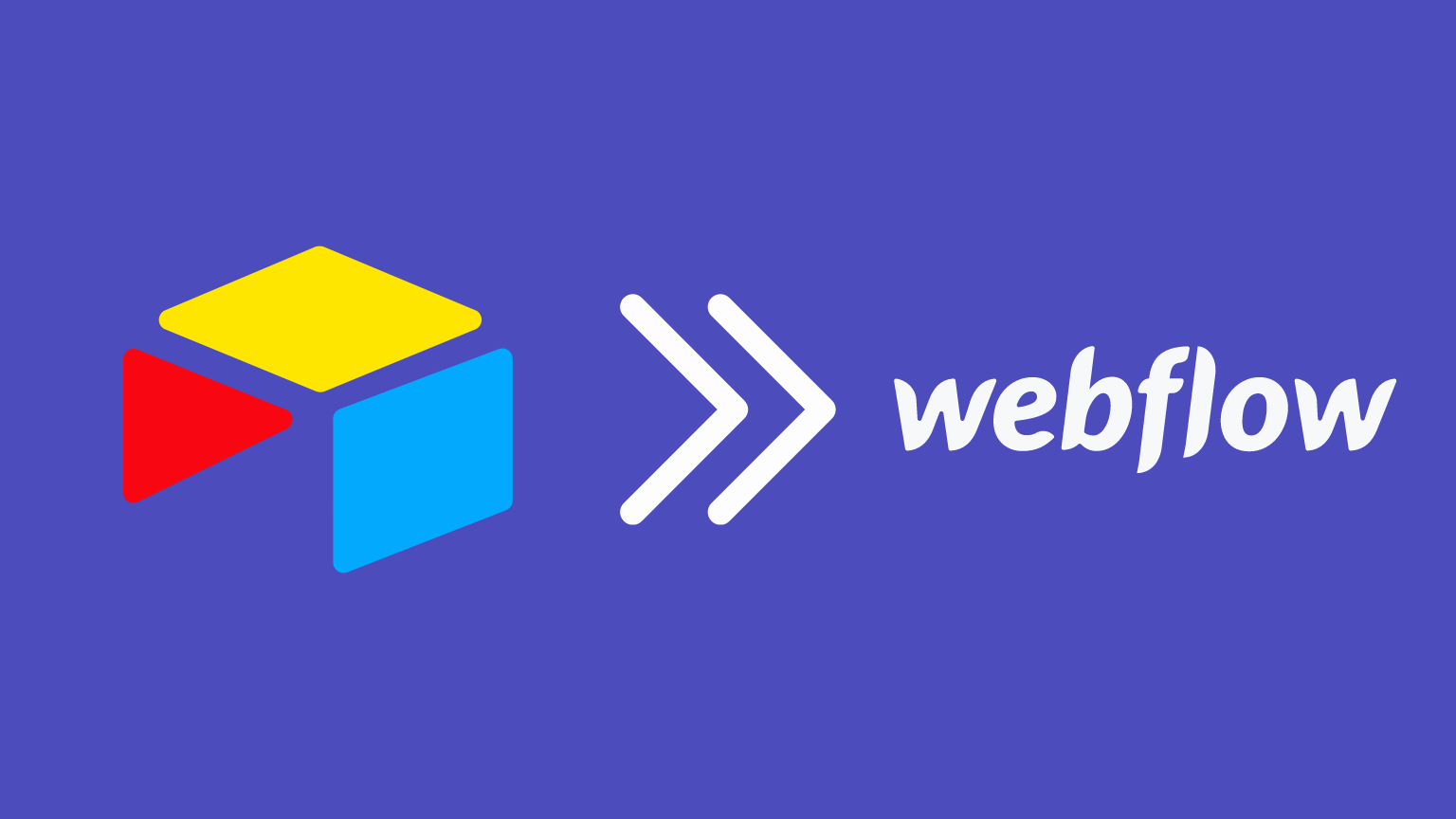Why Airtable is the best backend for Webflow: features and advantages


Webflow is one of the most powerful tools available for building and managing a website thanks to its intuitive design interface that eliminates the need for a single line of code – democratising the we bdevelopment process. This ability to create with the power of code without writing any might appear a comprehensive web development alternative – but an external layer can be added to build a truly responsive website.
Webflow’s built-in content management system (CMS) handles everything from blog posts to e-commerce products, but it needs a helping hand to share that data with other tools or services you might use – underscoring the need to bridge the gap between your database management software and website.
Airtable is a versatile piece of software that can be harnessed as a dynamic backend for Webflow by seamlessly integrating the two –creating a “single source of truth” for your data that can be used to create tailored user experiences.
Features that make Airtable the perfect Webflow backend

Airtable is a cloud-based software platform that blends spreadsheet functionality with a database to create a flexible and collaborative workspace for managing and arranging information.
Its ability to operate as a powerful backend for Webflow is a testament to several features:
- API integration: Robust APIs allow seamless integration with Webflow. This can be useful for dynamically pulling data from Airtable into Webflow sites, creating dynamic content, and keeping information up to date.
- User-friendly interface: The spreadsheet-like interface makes it easy for individuals and teams to organise, track and manage data, projects, and tasks without the need for complex databases.
- Customisation: Users can create and tailor databases to align with their specific needs. This flexibility complements Webflow's design capabilities, providing an agile solution for different projects.
- Automation and workflow: Airtable makes it easy to build workflows that streamline internal processes using features, such as triggers and actions, that automate repetitive tasks.
- Content management: Users can store and efficiently manage content in Airtable, and use Webflow to design and present that content on the web quickly and professionally.
- Real-time collaboration: Airtable supports real-time collaboration, enabling multiple users to work on the same database simultaneously, without the need for manual updates.
Advantages of using Airtable as a backend

In isolation, Airtable and Webflow are powerful tools for data management and web development respectively. By channelling the synergy between the two software platforms through seamless integration, Airtable’s intuitive features can be leveraged to provide a backend that elevates your website – and the advantages you’ll experience will be transformative:
- Saves time: Unlike traditional databases, it's simple to edit columns and add fields, expediting the data managementprocess for your website.
- Dynamic content: You can create dynamic content on your Webflow site that changes based on the behaviour, preferences, and interests of users for an enhanced experience.
- Flexibility: Airtable adds flexibility to data structure, allowing websites to adjust and evolve in line with dynamic data requirements.
- Cost-effective: Airtable is a cost-effective solution compared to setting up and maintaining a traditional labour-intensive, technical backend infrastructure.
- Scalability: Airtable can match Webflow’s ability to scale from small projects to more complex applications, making it suitable for a range of use cases.
For your database and website to work in harmony and make these advantages a reality you must navigate the Airtable and Webflow integration process. PowerImporter can help you chart a successful course that circumvents common roadblocks, by enabling you to connect your Airtable and Webflow accounts and map Airtable fields to Webflow CMS Collection fields in afew minutes – and keep everything in sync automatically, including images,files, embed codes, and rich text fields.
Comparing Airtable with other tools

While Airtable stands out as an excellent backend for Webflow, it's beneficial to compare it with other popular tools to understand its unique advantages:
- Google Sheets: While Google Sheets offers simplicity and familiarity, it lacks the robust database features of Airtable. Airtable's superior API integration capabilities and custom field options make it more suitable for dynamic content management in Webflow.
- Notion: Notion is great for note-taking and project management but falls short in database functionality compared to Airtable. Airtable offers more advanced data organization and integration features, which are crucial for seamless Webflow integration.
- Zapier or Make: These tools are used for connecting different applications, including Airtable and Webflow. However, they generally offer a more generic approach to integration, while Airtable provides a more tailored and direct solution for Webflow users.
- Custom Databases: Building a custom database backend can offer maximum flexibility but often requires significant technical expertise and resources. Airtable provides a balance between customizability and ease of use, making it more accessible for Webflow users.
In summary, Airtable's blend of ease-of-use, powerful API integration, and robust data management capabilities make it an optimal choice as a backend for Webflow compared to other tools in the market.


